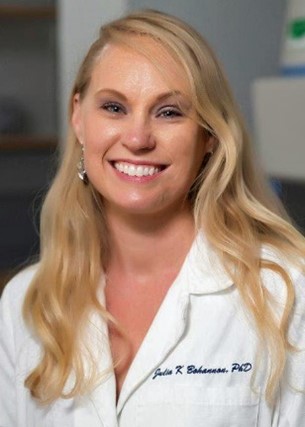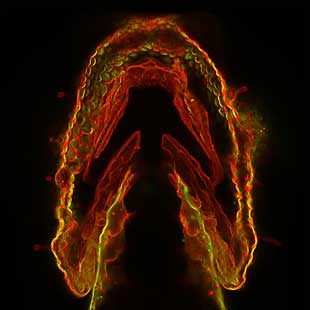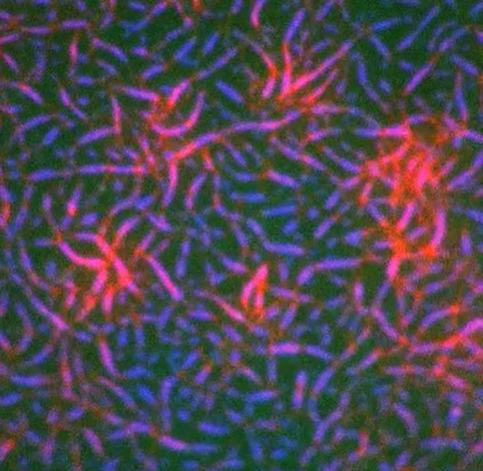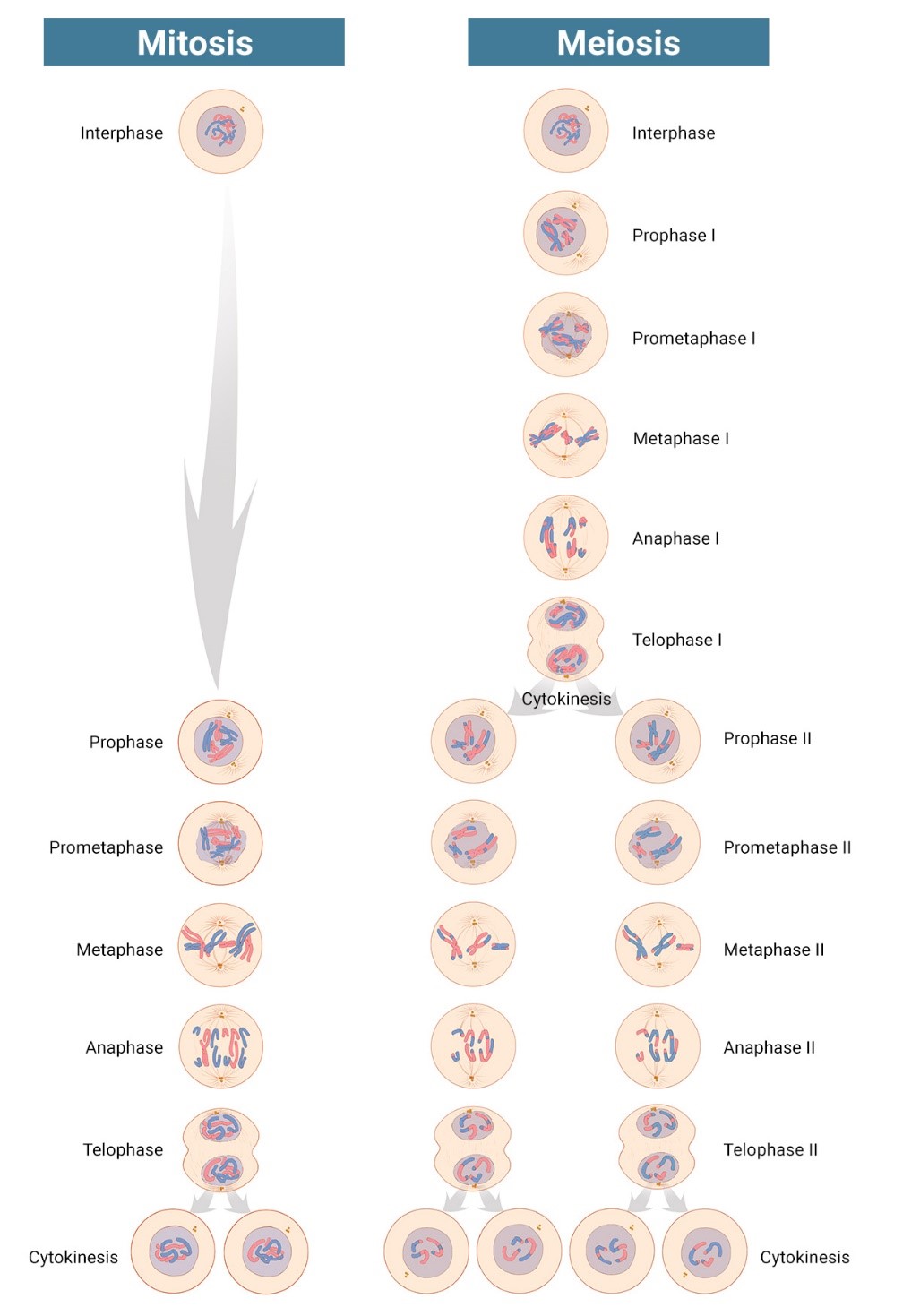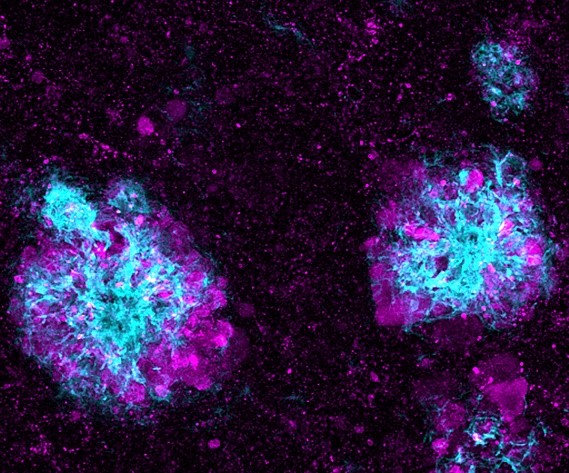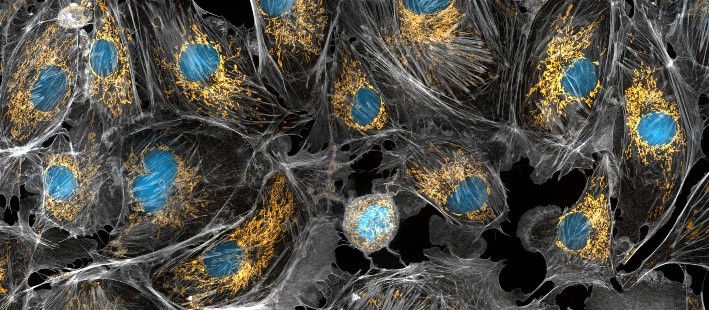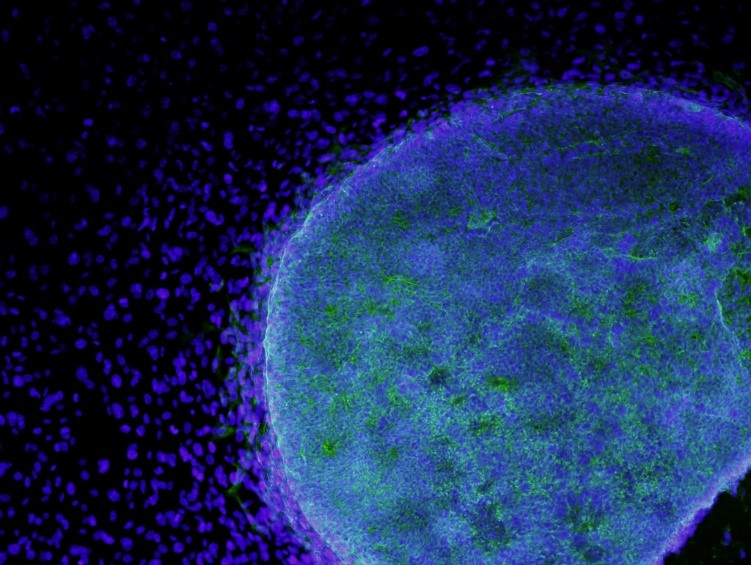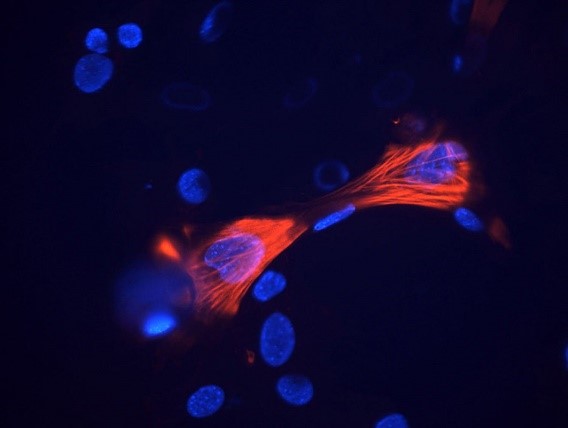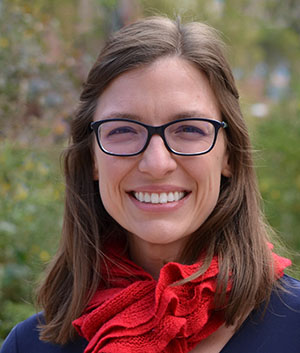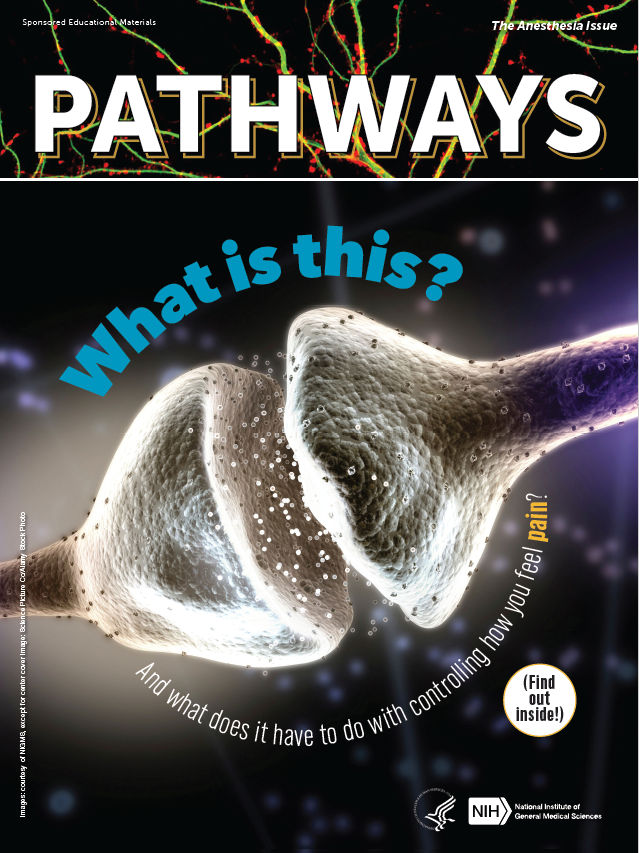 Cover of Pathways student magazine.
Cover of Pathways student magazine.
NIGMS and Scholastic bring you Pathways: The Anesthesia Issue, which explores pain and the science behind anesthesia—the medical treatment that prevents patients from feeling pain during surgery and other procedures. Without anesthesia, many life-saving medical procedures would be impossible.
Pathways, designed for students in grades 6 through 12, aims to build awareness of basic biomedical science and its importance to health, while inspiring careers in research. All materials in the collection are available online and are free for parents, educators, and students nationwide.
Continue reading “Pathways: The Anesthesia Issue”

